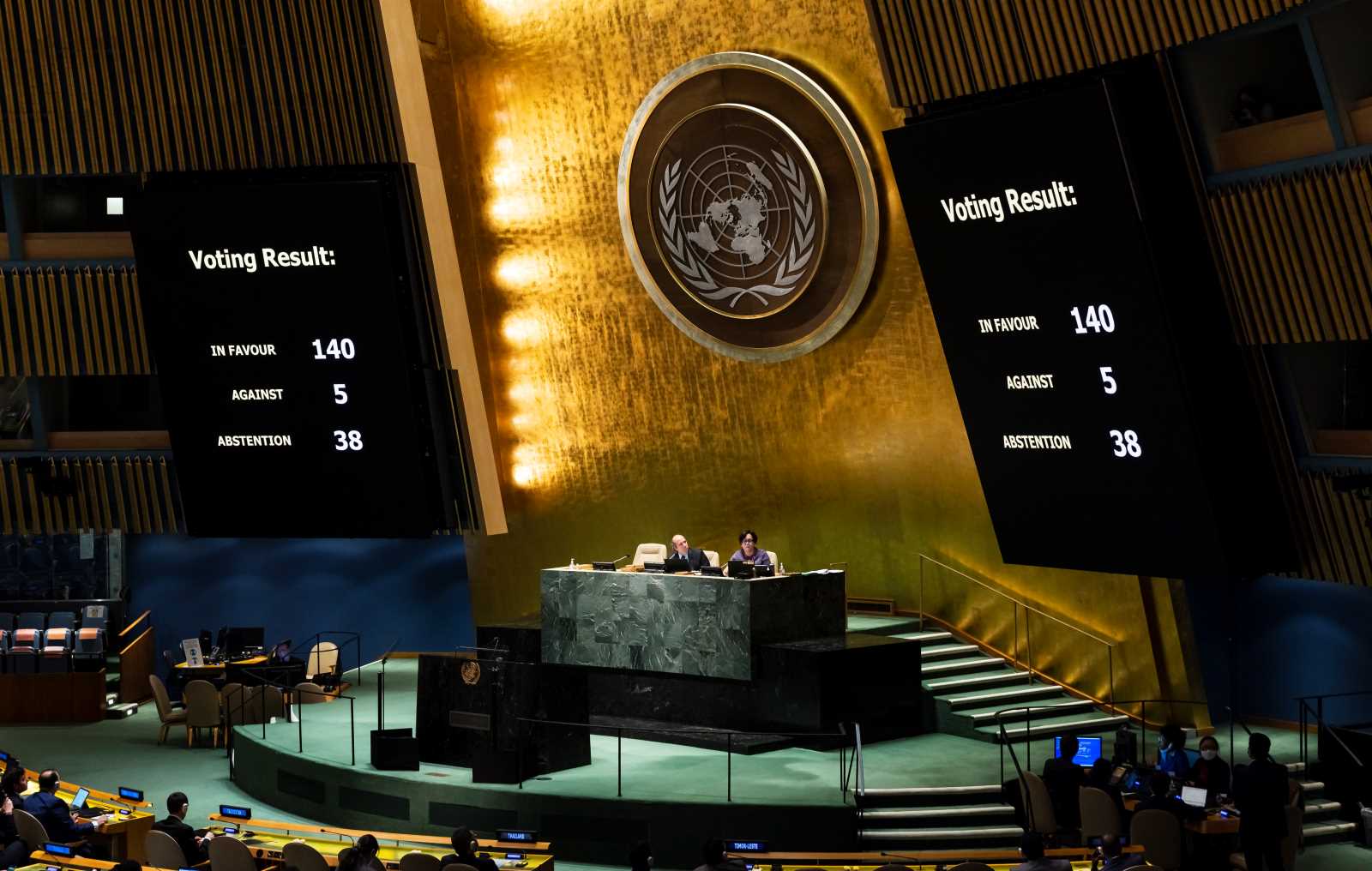Planetary boundaries
Consumerism is unsustainable

According to Peter N. Stearns (2006), a society is consumerist if “many people formulate their goals in life partly through acquiring goods that they clearly do not need for subsistence or for traditional display”. Shopping then becomes very important and, to a large extent, people base their sense of identity on an endless procession of new items they buy. Stearns argues that 20th century capitalism turned persons into consumers.
The consumerist way of life is marked by constantly buying things, using them and throwing away what is no longer needed. As Stearns points out, demand for goods is mostly artificial in the sense of not corresponding to fundamental needs. Advertising, peer pressure and the sheer availability of consumer items trigger an unquenchable thirst for more stuff. In North America and Europe in the 20th century, according to Stearns, private-sector companies managed to boost their production and distribution capacities to an extent that the big challenge they face is creating additional consumer demand to make full use of those capacities.
The big problem with consumerism is that it is not environmentally sustainable. Our planet’s resources are limited and overexploited. Nonetheless, an ever-increasing number of shopping malls is mushrooming in the urban areas of developing countries and emerging markets. A recent publication (UNEP 2021a) highlights the case in point. Humanity is consuming 1.6 planet’s worth of resources each year.
Depleting nature at this pace implies not only that our planet is unable to regenerate its resources. It also means that conservation alone cannot prevent the collapse of ecosystems and biodiversity. Things are expected to get even worse. At current trends, humanity will need the equivalent of two earths by 2030 to support consumption patterns. The independent Global Footprint Network reckons that, if the average earthling consumed as much as the average German does, our species would even need three planets.
Triple crisis
Indeed, the international community is facing a triple environmental crisis. Climate change, the loss of biodiversity and pollution are making our planet unlivable. That is the message of another recent report (UNEP 2021b). All three trends are dangerous – and they are mutually reinforcing.
- The climate commitments governments have made so far are not anywhere close to what is needed to keep the average temperature increase below 1.5° Celsius. Scientists warn that problems will spin out of control if that limit is exceeded. To date, temperatures have risen by about 1° Celsius and it is undeniable that ecosystems are suffering.
- Humanity is witnessing a great extinction. Of about 8 million plant and animal species, 1 million are likely to be lost in coming years. Reduced diversity is weakening the resilience of ecosystems, which means they will be affected worse by climate change and contribute less to keeping it in check.
- Pollution is compounding the trends. Climate gases are not the only problem. A particular challenge is pollution with various other chemicals (see Focus section in D+C/E+Z e-Paper 2021/03).
Unsustainable consumerism is the root cause of this triple global crisis. Garment production is a good example. The fashion industry accounts for up to 10 % of global carbon emissions. It plays a part in more than 150 million trees getting logged each year. It consumes 93 billion cubic meters of water, equivalent to roughly four percent of the annual global use of freshwater. The dyeing and treatment of clothes contributes to 20 % of industrial water pollution worldwide (see Olga Speranskaya in Focus section of D+C/E+Z e-Paper 2021/03). More than one-third of the world’s ocean microplastics comes from the laundering of synthetic fibres.
The fashion industry is thus one of the largest contributors to environmental degradation. Its culture is one of overproduction and mass consumption, which is especially true of “fast fashion”. These items are only designed for rather few uses, so more than half are discarded within a year. According to the Ellen McArthur Foundation, which networks private-sector giants, humanity incinerates or otherwise disposes of so many clothes every second as would fit on a garbage truck. That a quarter of all textiles is wasted in the manufacturing process is another sign of excessive resource use.
Garment consumption has doubled in the past 15 years according to the independent World Resources Institute. Demand per head is particularly strong in advanced nations, but middle classes in Asia, Africa and Latin America are gradually catching up.
Food is another sector in which consumerism has a huge impact. As more people have extra money to spend, the demand for protein-rich food like meat, fish and milk has increased multifold. Meat consumption worldwide is currently increasing by about 1.4 % per year, according to industry experts. To produce these goods, more and more land, water, fertiliser, pesticides and antibiotics are needed. One of the destructive impacts is that forests are destroyed to make place for pastures which, of course, neither store carbon nor serve as a habitat for many species.
On the other hand, growing world population will require 60 % more food by 2050 than we currently produce. It needs to be emphasised that plant-based diets require less input. If farm produce was no longer used as animal feed, 4 billion more people could get enough food, as researchers from the University of Minnesota have calculated. On the other hand, roughly 30 % of the food produced is lost. It rots before it is consumed – and that either happens in the supply change or after marketing.
Energy and digital technology
The demand for energy will continue to increase between 50 % to 70 % by 2050 with fossil fuels accounting for around 80 % of total primary energy use. Much of this increase is attributed to consumption expected in developing economies that currently depend largely on fossil-based energy sources. Technology is causing problems too. Today, masses of people use electronic goods and digital devices – TV sets, mobile phones, computers et cetera. The production of these gadgets requires energy and commodities. The recycling of electronic waste is underdeveloped, and an unacceptably large share is done by informal workers in developing countries under hazardous conditions.
According to UN supported Global E-Waste Monitor 2020 a record 53.6 million metric tonnes of electronic waste was generated worldwide in 2019 – almost a quarter more than five years earlier. The total e-waste now amounts to 7.3 kilogramme for every person on earth. Less than 20 % is collected and recycled. By 2035, it is expected that e-waste will double. E-waste is not just an environmental concern but also a health hazard.
Simply put, our consumption habits are at odds with resources that nature provides. Human activity has indeed significantly altered three quarters of earth’s land and over half of the oceans, according to the Intergovernmental Science-Policy Platform on Biodiversity and Ecosystem Services (IPBES). The main drivers are intensive agriculture, overfishing, energy production and the extraction of raw materials. The IPBES is the equivalent of the Intergovernmental Panel on Climate Change (IPCC), which also provides the international community with up-to-date science.
Our economic models geared to infinite growth are therefore incompatible with finite resources our planet has. Partha Dasgupta was the lead author of a recent report on how to include nature in economic modelling (see Katja Dombrowski in Monitor section of D+C/E+Z e-Paper 2021/04). We urgently need to align economic thinking to planetary boundaries. Otherwise, we will keep destroying the very foundation – nature – on which human existence rests. Nature does not need us; we need nature. She will bounce back somehow, but humanity will be unable to bear the costs. We must start living in harmony with nature, and we have no time to lose.
References
Stearns, P. N., 2006: Consumerism in world history. Abingdon, Oxfordshire, Routledge.
UNEP, 2021a: Ecosystem restoration for people, nature and climate.
https://wedocs.unep.org/bitstream/handle/20.500.11822/36251/ERPNC.pdf
UNEP, 2021b: Making peace with nature.
https://wedocs.unep.org/xmlui/bitstream/handle/20.500.11822/34948/MPN.pdf
Mahwish Gul is a consultant with a focus on development management. She lives in Nairobi. Unless otherwise indicated, this essay relies on UN and especially UNEP information. The most important UNEP documents are included in the reference list.
mahwish.gul@gmail.com













